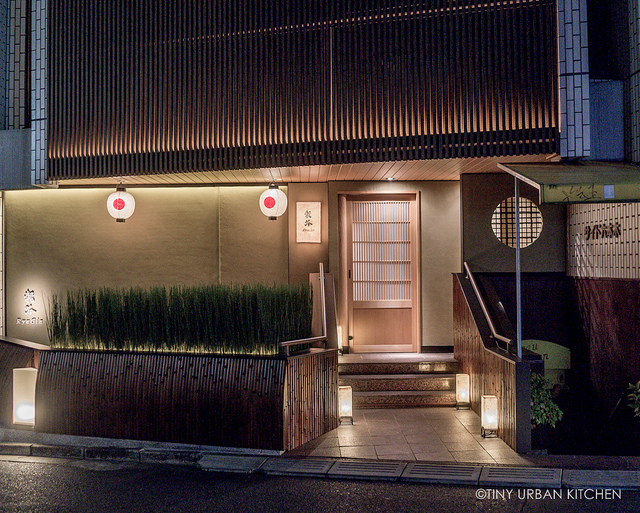
This is the fifth post in the Tokyo - Kyoto - Osaka series. Other posts in this series include the intro post: Tokyo, Kyoto, and Osaka, Matsugen (soba), Sushi Iwa, and Ramen Honda (Tokyo Ramen Street).
There are some restaurants that are so universally well-known, so full of accolades, so full of respect from other people that I already respect - they are bound to make it onto the "bucket list."
I believe Ryugin falls into that category.
This restaurant is bursting at the seams with top awards. It holds the number two spot on S. Pellegrino's "Fifty Best Restaurants in Asia" list and number 22 on the "50 Best Restaurants in the World" list. The restaurant boasts three Michelin stars - the highest honor - and the chef, Seiji Yamamoto, is well respected by some of the most famous chefs in the world.
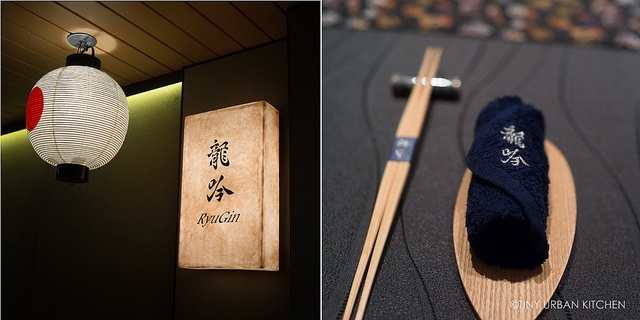
Chef Yamamoto is trained in the traditional art of Japanese kaiseki yet possesses a fervent passion and skill for modern "molecular" techniques. He wowed the likes of Ferran Adrià, Joel Robuchon, and Wylie Dufresne in 2012 at Madrid Fusion, an annual chefs' conference showcasing the newest technology in food, where he silkscreened QRC codes onto plates using squid ink and demonstrated how he made "liquid ice."
Ferran Adrià calls Yamamoto "one of the most important chefs in Japan", an extreme honor coming from someone who himself experiments at the far edge of innovative food technology.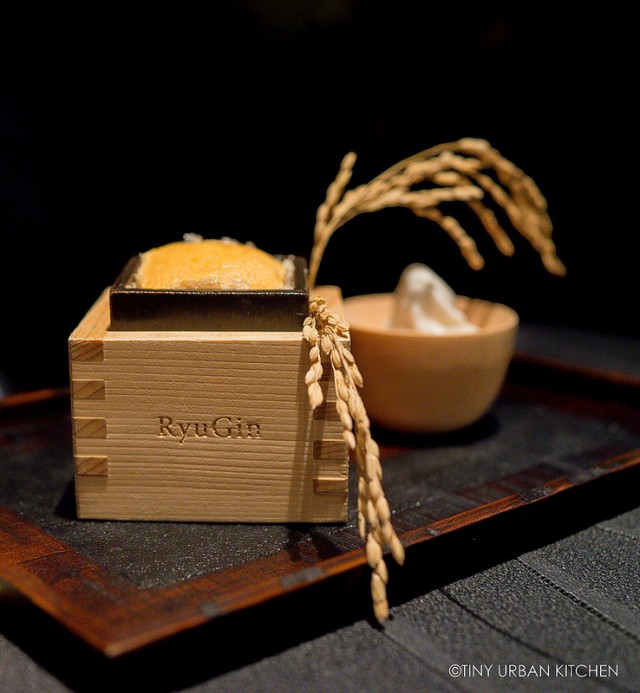
I sometimes wonder at the timing of this meal for me. You see, up to this point I had never tried a real traditional Japanese kaiseki meal. I had most certainly had my fair share of meals that made use of modern technology, such as at Tapas Molecular Bar and at the various Jose Andres restaurants. However, I'd never experienced it in the form of a kaiseki.
Nevertheless, this was our first serious meal in Japan after our soba adventure straight off the plane and our first sushi lunch. I was definitely intrigued and curious to see what a meal at such a well respected place would be like.
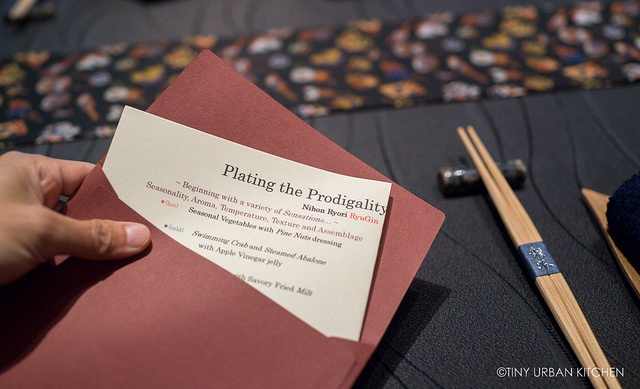
The restaurant has just one tasting menu, called the "Autumn Gastronomy Menu" while I was there. There are about 10-12 seasonally-inspired courses as well as a few signature favorites. They have recently added an a la carte option (a great way to sample the food without getting the entire tasting menu!). You can only make same day reservations, and reservations runs between 9PM and 10:30PM.
Service was pleasant and the space is warm and cozy. The theme of the decor is clearly dragons (and almost feels a bit Chinese). The name "Ryugin" is inspired by a Zen poem that describes a powerful dragon. There were dragon paintings on the wall and dragon designs on the plates and coasters. Our server was (surprise!) a woman who had just moved from France about two years ago. Her husband was a pastry chef in Japan (there are phenomenal bakeries in Japan), and she spoke fluent Japanese and English.
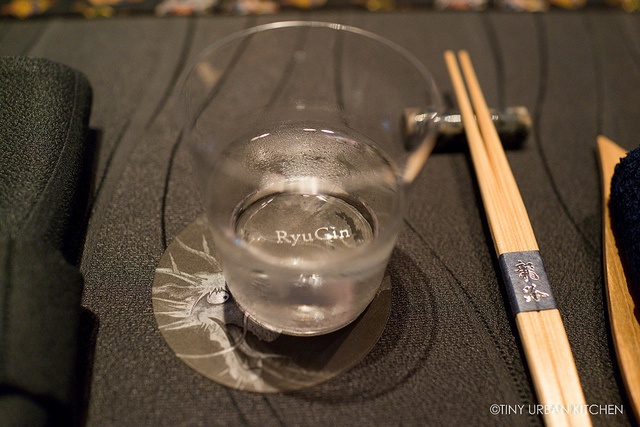
The food is meant to evoke and touch multiple senses, not just the tongue. The menu titles reflect this philosophy, with language that is whimsical and dream-like, evoking a general sense of fantasy.
Beginning with a variety of Sensations - Seasonality, Aroma, Temperature, Texture, and Assemblage
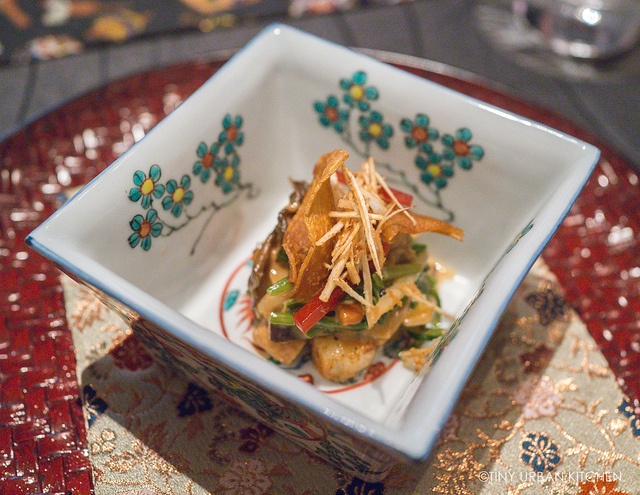
We started with a salad made from a variety of very local seasonal vegetables. All ingredients are first cooked separately and then mixed together to ensure a good mix of textures and flavors. This salad consisted of water chestnuts, Shitake mushrooms, blanched greens, bean sprouts, spongy bamboo hearts, vegetables pickled in red wine vinegar, and crispy chips all tossed together in a beautifully fragrant pine nut dressing.
I loved the unusual ingredients, textural contrast, and fantastic flavors. It was a great way to begin the meal.
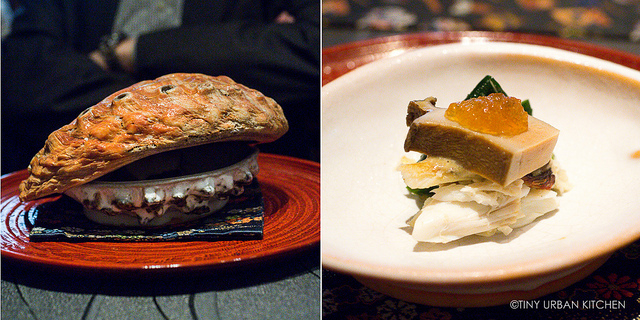
We then move onto Swimming Crab and Steamed Abalone, a delicate stack of extremely fresh crab meat and abalone topped with an apple vinegar jelly and finely grated ginger. This "stack" was presented dramatically inside of a huge shell. All the ingredients were top notch - sweet, tender crab meat and fresh, chewy abalone, though I found the flavor combination to be a bit underwhelming. It just didn't quite work for me.
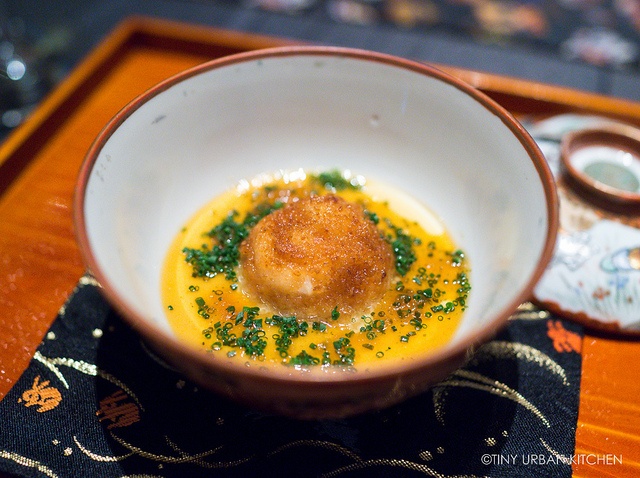
The final course in this series was called Egg Custard with Savory Fried Milt. It was a piece of warm, creamy fish roe deep fried and served in a delicate egg custard. The flavors and texture were excellent, though they did not necessarily blow me away.
~ Philosophy on the Ichiban Dashi ~ Taste of the Wind that Captures a Moment.
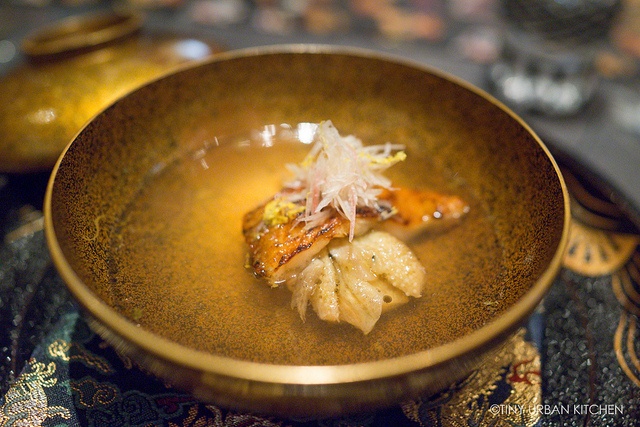
The next course consisted of a charboiled Kinki Fish (also known as thornyhead rockfish) and grilled eggplant in a clear broth. I loved the deep, smoky flavors from the grilled eggplant and the fish, and the crisp, fresh, young Japanese ginger shaved on top offered the perfect contrast to the rich umami of the rest of the dish.
~ A Message From the Coast of Japan ~ Richness of the Sea, Tidal Current
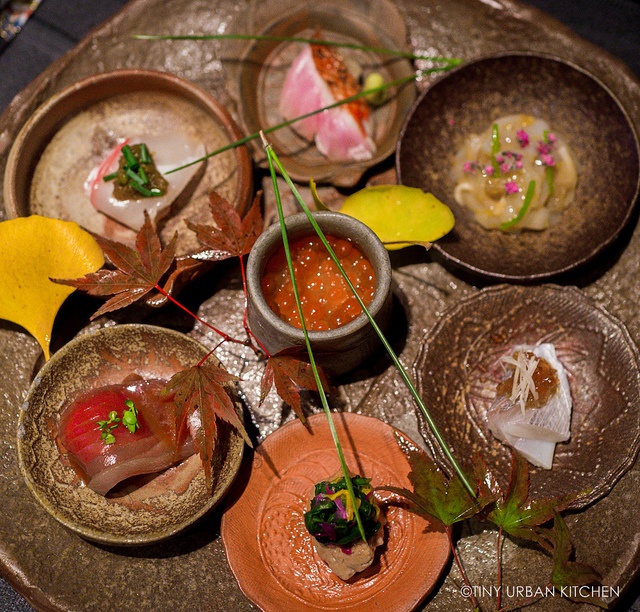
We gasped when the next course came - it was so artfully and meticulously plated. This is a signature dish at Ryugin and varies each day depending on that day's available fresh ingredients from the ocean. Here they are in detail:
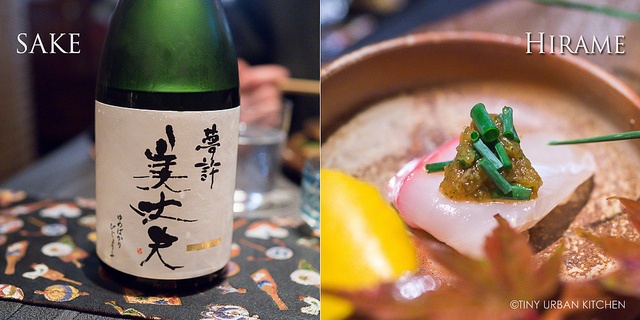
A perfect slice of fresh hirame (flounder) came topped with yuzu paste and thinly sliced green onions.
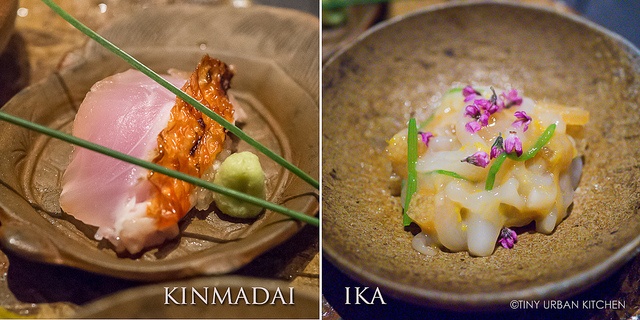
Kinmadai (Golden Eye Snapper) came with daikon and wasabi while the Ika (squid) was cut into thin slivers and served with a yuzu sauce. The squid was chewy and almost crunchy in texture.

Ebodai (butterfish) came topped with a delicately flavored soy jelly which worked together beautifully. A generous piece of Ankimo (monkfish liver) was topped with chrysanthamum flowers.
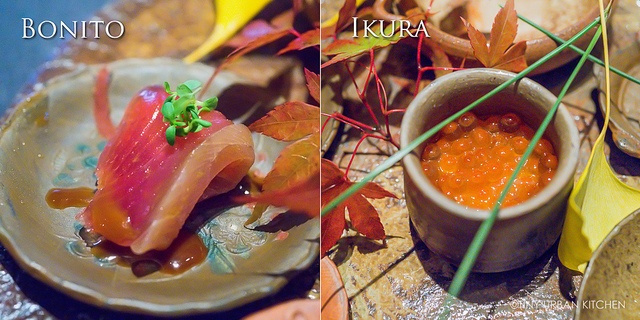
One of my favorite fish, Bonito (skipjack tuna) was gorgeously smoked and richly full of flavor. Finally, a small little cup in the middle was filled with abalone cream and topped with Ikura (salmon roe).
~ Binchotan ~ A Power Scent of Charcoal Grill
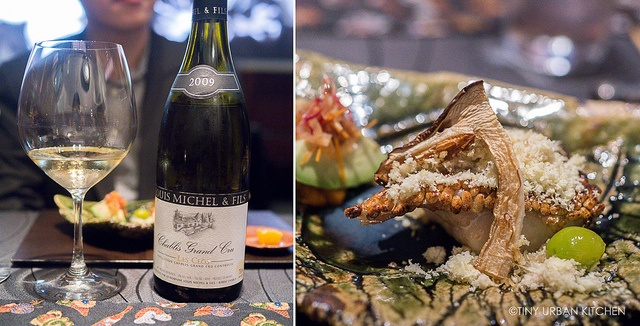
I love the smoky fragrance that comes from food that has been cooked on a nice, hot charcoal grill. This excellent dish consisted of charcoal grilled sea perch topped with a roasted rice and black vinegar layer. It's meant to be a playful variation on sushi, where the rice is usually underneath the fish. Here the rice is crispy and laid on top. Off to the side, an avocado slice is topped with some pickled vegetables. A grilled Matsutake mushroom slice (an autumn seasonal specialty) and chestnut "snow" plus a gingko nut complete the autumn-inspired dish.
I'm a huge fan of Matsutake mushrooms so it was easy for me to love this dish. I also really enjoyed the crispy rice and the textural "crunch" it offered to counter the soft perch.
~ A Sealed Dedication under the Lid ~ Exquisiteness, Sincerity of Japan
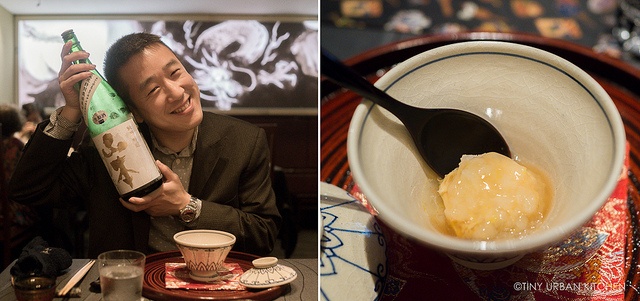
I loved this next dish: a single dumpling made out of Kuruma ebi (Japanese imperial prawn) sat in a daikon and yuzu flavored broth. Although the flavors were subtle, they were beautifully rich, complex, and balanced at the same time. It was one of my favorites.
~ Diverse History of Wagyu ~ Grassfed Free-Range Akage Beef from Tosa
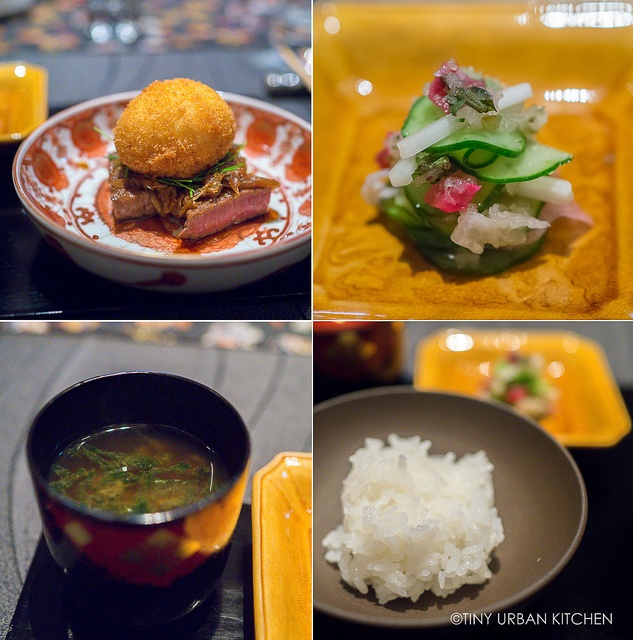
The next several dishes were served at the same time: the season's "new rice", red miso soup made with shrimp stock, and house made pickles which were subtly flavored - not at all tart or too salty.
The grass-fed free range Akage, one of the four breeds of Wagyu known as Japanese Brown, was cooked "Charcoal Sukiyaki style" and took center spotlight. "Sukiyaki" is typically cooked as a hot pot in a soup flavored with soy sauce, sugar, and mirin. Here, I'm guessing the beef was marinated in those flavors before being chargrilled.
On top was a crispy poached egg . . .
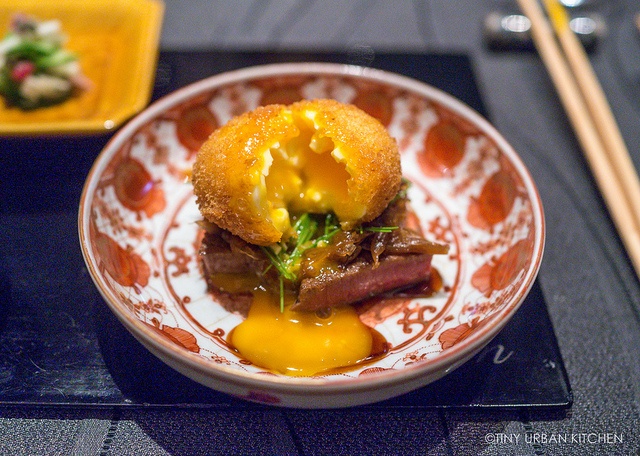
. . . which broke open to reveal runny yolk that you could mix together with the rest of the dish.
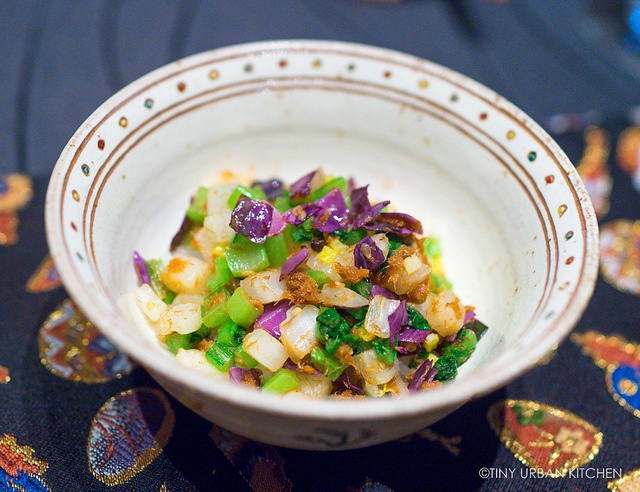
After we finished the decadent beef, our server stopped by and asked us "are you still hungry? Would you like extra courses?"
Frankly, I was stuffed, but my friend agreed to add on another course. A few moments later, the most vivid and colorful fried rice I've ever seen came out. Purple cabbage, seasonal greens, sancho peppers (Sichuan peppers), and small bits of some sort of meat (it reminded me of Chinese pork sung, actually) were the main ingredients in this fancy fried rice.
We all tasted a bit. We agreed it was pretty good, though nothing particularly special. Compared to the previous dishes, it was rather simple in both flavor and preparation.
~ Lusciousness ~ Coolness, Warmth, Playful Spirits, Nostalgia, and Temptation
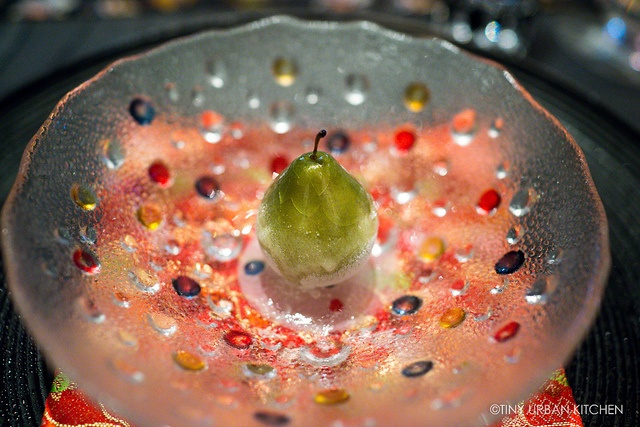
This dessert is one of Ryugin's signature dishes, and it's not hard to see why. A tiny "candy pear"- which looks like a delicate ornament or piece of art - is placed right in front of you.
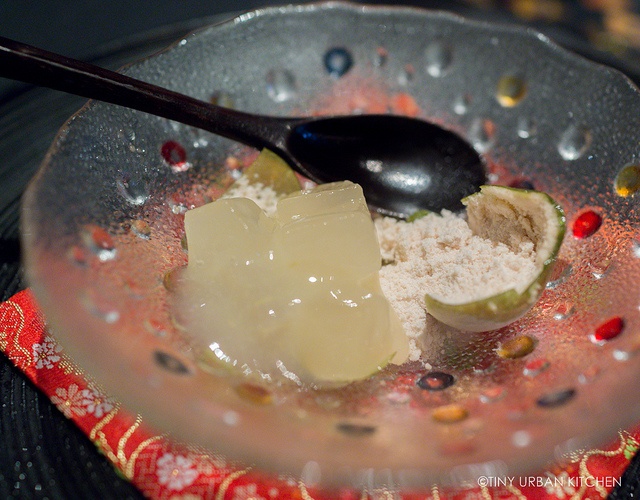
The server than places a spoonful of compressed pear and watermelon cubes.
I tap at the pear a few times with my spoon, and it breaks open, exploding pear powder all around. It's a fascinating (and delicious) dessert to experience - everything from the intense pear flavored cubes to the cold crunchy candied shell and the dry powder - it's really unusual and probably unlike any dessert you've ever had before.
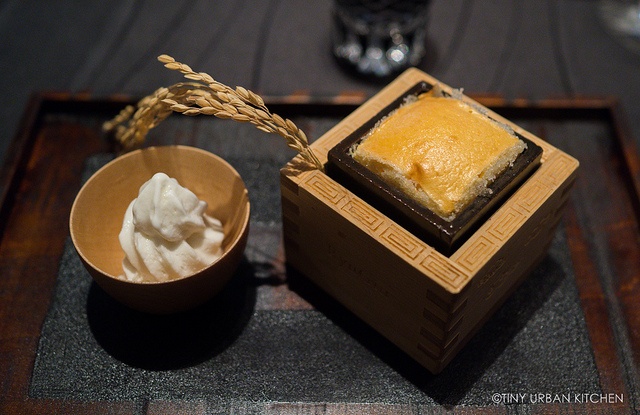
The second dessert was equally delicious, though perhaps not as dramatic. A study of the flavors of sake both hot and cold, we enjoyed two different interpretations of Japanese sake.
On the left we had Sake Ice Cream. It's hard to describe it except to say that it really tasted like sake without being at all "boozy" or alcoholic. It captured the wheat flavors of sake perfectly. I loved it.
On the right we had a Sake Souffle with mochi and red bean at the bottom of the box-like container.
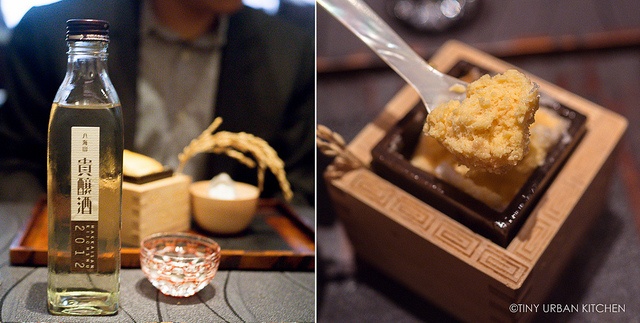
The souffle itself was fantastic - it was warm, super soft (almost creamy!) and had a lovely sake flavor as well. I enjoyed both immensely.
Sincerely for you . . .
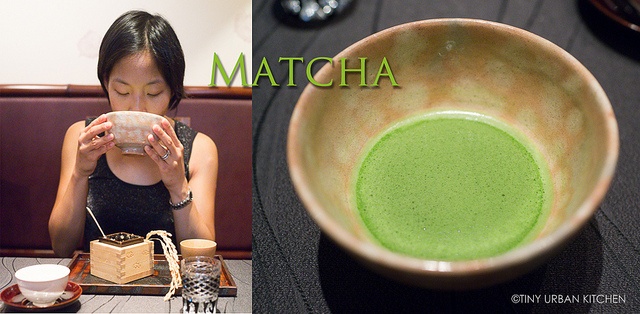
Finally, at the end of the meal, we all had a bowl of matcha made the traditional way. This involves using a special match whisk to blend matcha powder together with hot water to make the creamy, foamy matcha you see pictured above.
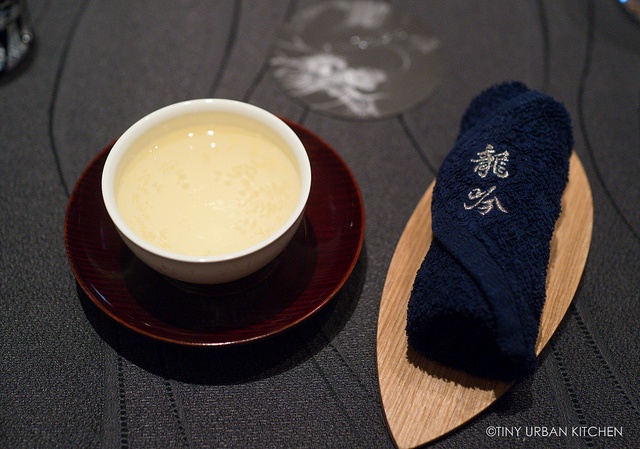
A final finishing "popcorn" ginseng oolong tea from Taiwan was a perfect, clean finish to an excellent meal.
The Details
The restaurant is open daily from 6PM to 1AM, and you can only make reservations within the same month as the date on which you want to dine (e.g., book on October 1st if you want to eat in the month of October). For foreigners, they request that you make reservations through your hotel concierge. There is a steep cancellation fee of 20,000 yen ($200 USD!) per person if you don't show up.
There is only one menu, the tasting menu, which costs 23,000 yen per person (about $230). A nice way to access just a taste of Ryugin's dishes without breaking the bank is to try to reserve dinner after 9PM. At this time, the a la carte menu is available, which means you don't have to order the entire tasting menu. A la carte reservations can only be made same-day, or you can try walking in as well.
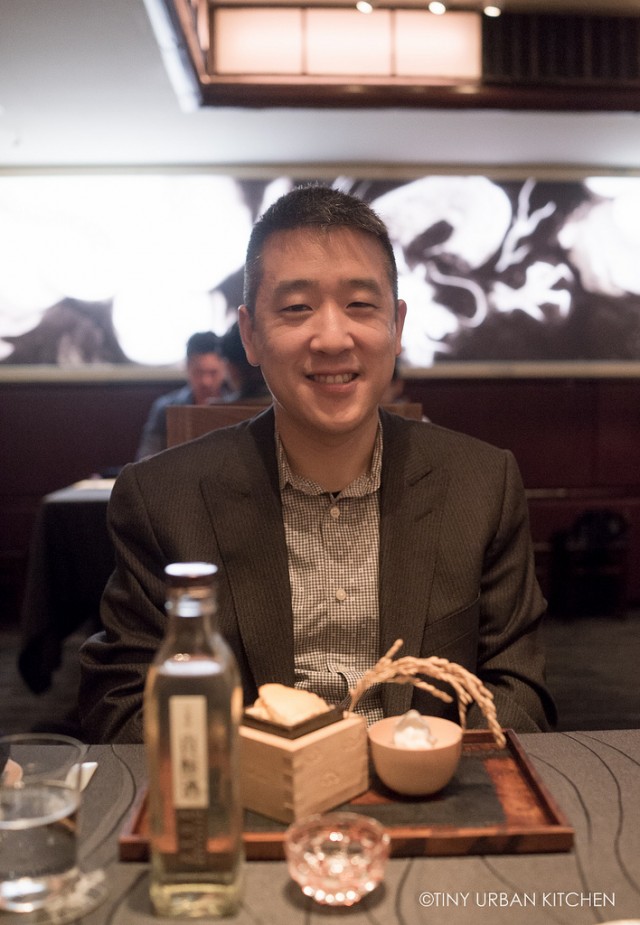 Overall Thoughts
Overall Thoughts
This was our first nice meal (and first ever kaiseki) in Japan, so in some ways we weren't sure what expect. Ryugin does incorporate many aspects of a traditional kaiseki meal, such as the inclusion of sashimi and hot dishes as well as the meticulous focus on artistry, seasonality, and locality of ingredients. However, Ryugin veers quite a bit from a traditional kaiseki in its use of modern cooking techniques (liquid nitrogen, "snow" made from chestnuts) as well is its other European style influences (runny egg yolks, European-style desserts, and wine pairings).
Our server was actually a woman from France, and the overall ambiance and experience felt more Western than Japanese. We sat at regular tables (no tatami mats!), spoke English, and found ourselves surrounded mostly by foreigners.
Overall the food was very good, though there were several restaurants that we liked better than this one from this trip. My favorite dishes here were the Seasonal Vegetable Salad (at the beginning), the Kuruma Ebi soup, the Chargrilled Perch & Matsutake Mushroom, and the Sake Desserts (though the Candy Pear dessert comes a close second!). I'd consider returning again during A La Carte hours to have a dessert or maybe sample one or two of the dishes. It may be a long time before I come back for another full-fledged tasting, however.
Sources: Food and Wine and Food Sake Tokyo
All Rights Reserved

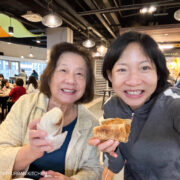
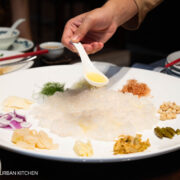
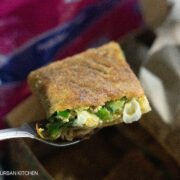
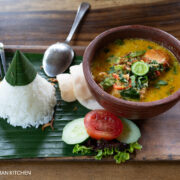
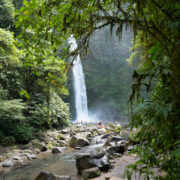

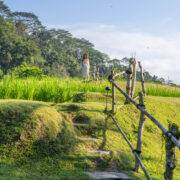
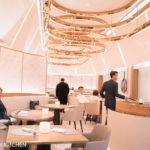
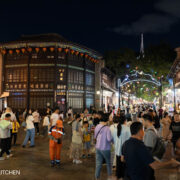
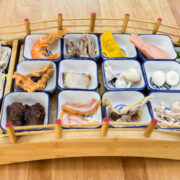
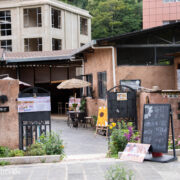
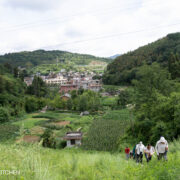
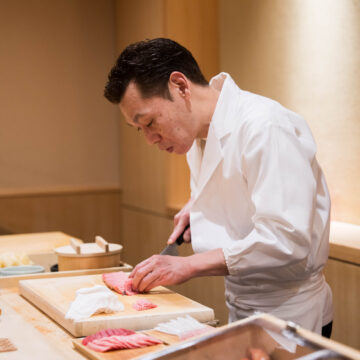
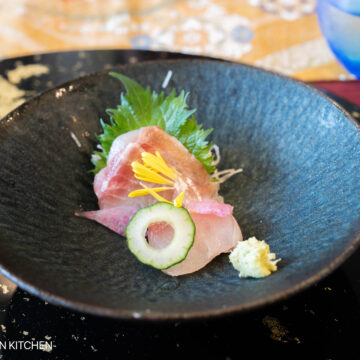
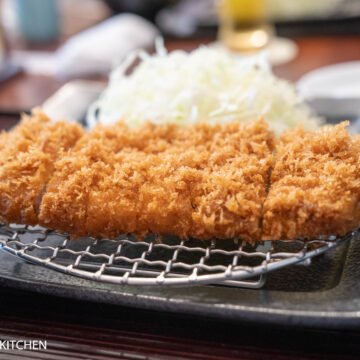
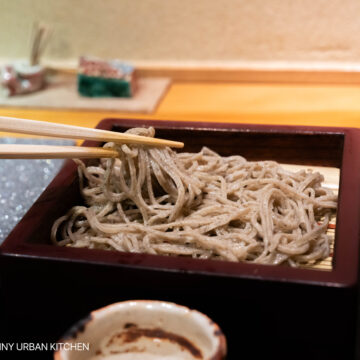
[…] known as the place where Tokyo’s top chefs like to eat. Regulars include Yamamoto-san from Ryugin, Saotome-san from Mikawa Zezankyo, and Yoshitake-san from Sushi Yoshitake. We finally had a chance […]